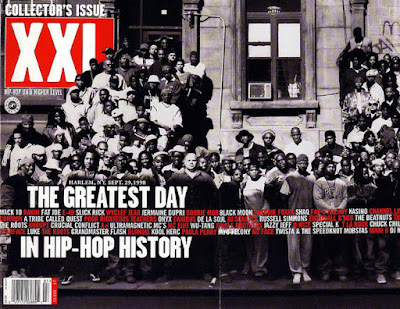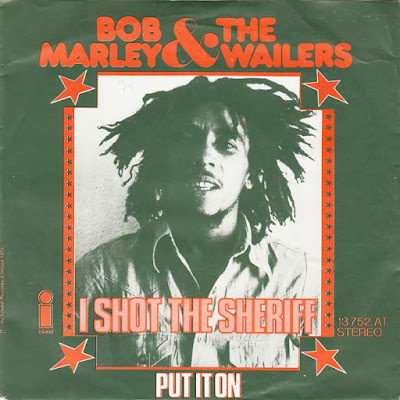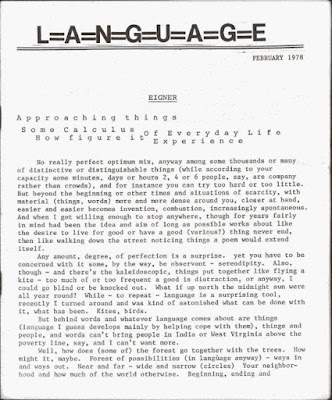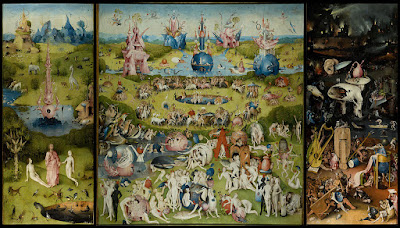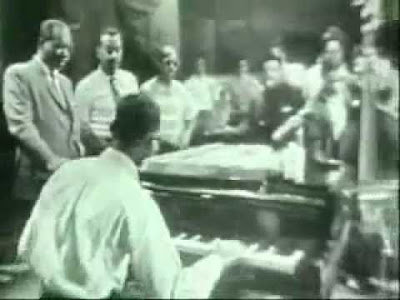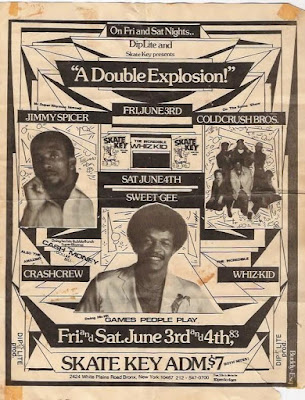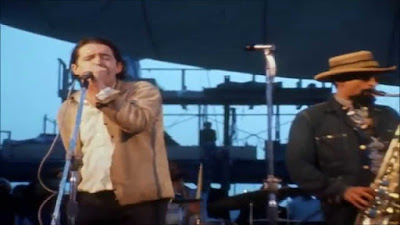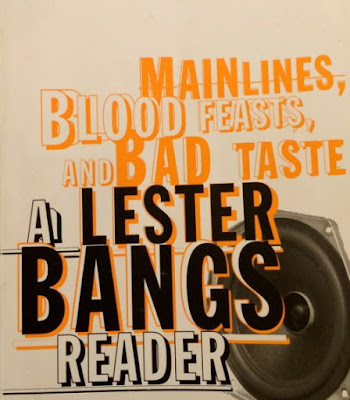
"In partnership with the Kunsthaus Bregenz and in close cooperation with the Joan Mitchell Foundation in New York, the Museum Ludwig is presenting a major retrospective of the legendary artist Joan Mitchell (1925–1992). The show focuses on her painting, ranging from early works from the 1950s to her later work during the final years of her life. Mitchell’s work is placed within the art-historical context of the period following Abstract Expressionism or in the milieu of the New York School. With some thirty paintings, some of which are very large-format and span several panels, the show at the Museum Ludwig presents one of the most important figures in twentieth-century art. Furthermore, a large part of the exhibition is dedicated to the first extensive presentation of archival material from the Joan Mitchell Foundation. With film recordings and photographs as well as correspondence, invitations, posters, and other ephemera, Joan Mitchell’s vibrant personality and her various relationships to artists, authors, and other figures from the cultural world of her time are illuminated. ..."
Joan Mitchell Foundation: Joan Mitchell Retrospective
Joan Mitchell Foundation
Did Joan Mitchell Have the Finest Mind in Modern American Art?
amazon: Joan Mitchell Retrospective: Her Life and Paintings
vimeo: Joan Mitchell Retrospective: Her Life and Paintings
2009 July: Joan Mitchell
